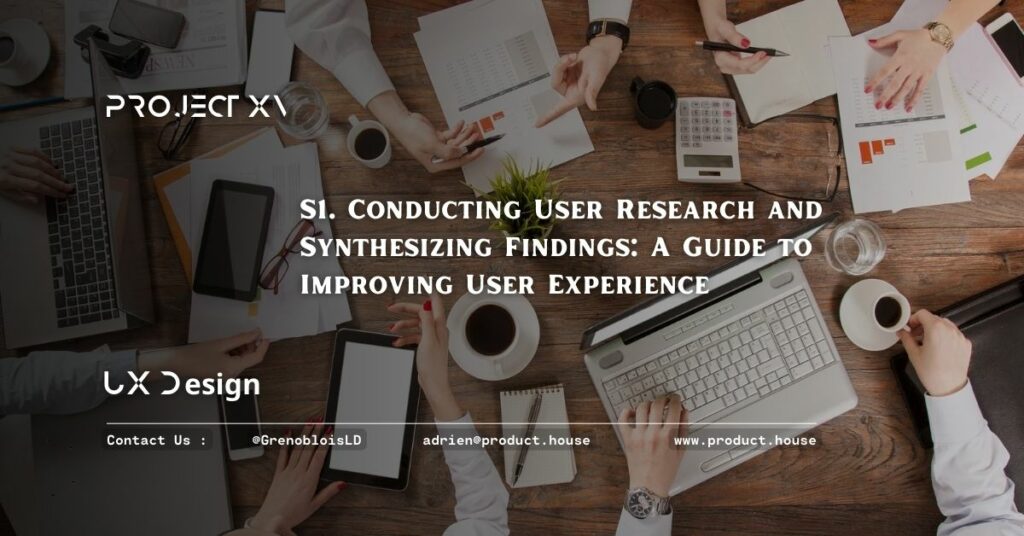Mastering the Art of UX Design: The Top 60 KSAOs Every Junior UX Designer Needs to Succeed
KSAOs List Definitions and Disclaimer KSAO is an acronym that stands for Knowledge, Skills, Abilities, and Other characteristics. It is a framework used in the…




